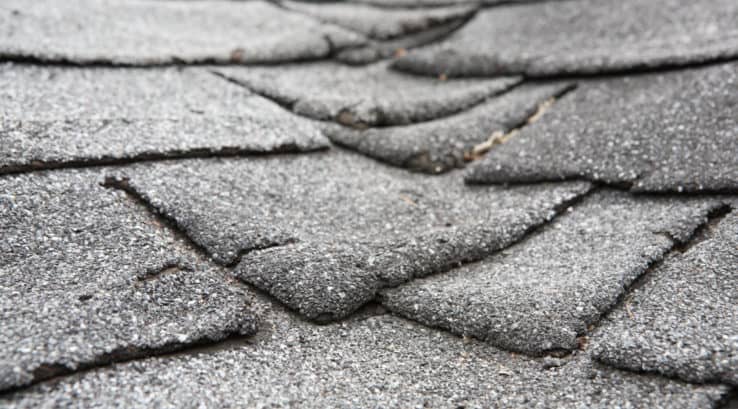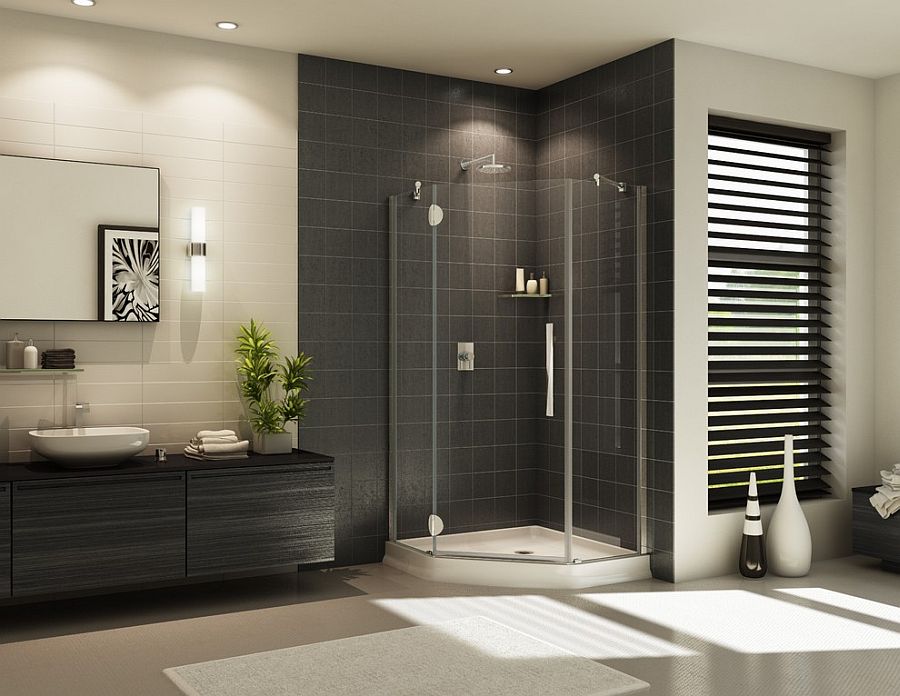Your roof is one of the most critical components of your home, protecting you and your family from the elements. However, like all things, roofs don’t last forever. Knowing when to repair or replace your roof can save you money and prevent more significant issues down the line. Let’s dive into the signs you need a new roof and whether you should repair or replace it.
Understanding Roof Lifespan
Average Lifespan of Different Roofing Materials
Roofs have varying lifespans depending on the material used. Understanding this can help you gauge when a replacement might be necessary.
Asphalt Shingles
Asphalt shingles are the most common roofing material and typically last about 20-30 years. They are affordable and relatively easy to install, making them a popular choice for many homeowners.
Metal Roofs
Metal roofs are known for their durability and can last anywhere from 40 to 70 years. They are resistant to weather elements and require minimal maintenance.
Tile and Slate Roofs
Tile and slate roofs are incredibly durable, often lasting over 50 years, and in some cases, even over a century. They are more expensive but provide exceptional longevity and aesthetic appeal.
Factors Affecting Roof Longevity
Several factors can influence how long your roof lasts.
Climate and Weather Conditions
Areas with extreme weather conditions, such as heavy rainfall, snow, or strong winds, can shorten the lifespan of your roof. Regular maintenance is crucial in such climates.
Installation Quality
A well-installed roof by a professional can significantly extend its lifespan. Poor installation can lead to early deterioration and costly repairs.
Common Signs Your Roof Needs Attention
Visible Damage
Visible damage is one of the most apparent signs that your roof needs repair or replacement.
Missing or Damaged Shingles
If you notice missing, cracked, or damaged shingles, it’s a clear sign that your roof is aging or has suffered from weather damage.
Cracked or Curling Shingles
Shingles that are cracked, curling, or losing granules are indicators that your roof is deteriorating and may need to be replaced soon.
Leaks and Water Damage
Water damage is a serious issue that can lead to structural problems.
Water Stains on Ceilings
Water stains on your ceilings or walls can indicate a leaky roof. This issue should be addressed immediately to prevent further damage.
Mold and Mildew Growth
Mold and mildew growth in your attic or on your ceilings is a sign of moisture intrusion, often caused by roof leaks.
Sagging Roof Deck
A sagging roof deck is a severe issue indicating structural damage. This typically means a full roof replacement is necessary to ensure safety.
Increasing Energy Bills
Rising energy bills can be a sign of poor roof insulation or ventilation, which often occurs when a roof is aging or damaged.
When to Repair Your Roof
Minor Damage or Wear
If the damage to your roof is minor, repairs might be sufficient.
Small Leaks
Small leaks can often be repaired without needing a full roof replacement. Addressing them promptly can prevent more significant issues.
Limited Area Damage
If the damage is confined to a small area, such as a few missing shingles, repairs can extend the life of your roof without the need for replacement.
Budget Considerations
Repairs are generally less expensive than replacements. If your budget is tight, repairs can be a temporary solution while you save for a full replacement.
When to Replace Your Roof
Extensive Damage
Extensive damage often means replacement is the best option.
Structural Damage
If your roof has structural damage, a replacement is necessary to ensure the safety and integrity of your home.
Large-Scale Leaks
Multiple or large-scale leaks often indicate that your roof has reached the end of its lifespan and needs to be replaced.
Age of the Roof
If your roof is nearing the end of its expected lifespan, replacement might be more cost-effective than continuous repairs.
Frequent Repairs
If you find yourself frequently repairing your roof, it may be more economical to replace it entirely.
Benefits of Roof Replacement
Increased Property Value
A new roof can significantly boost your property’s value, making it an excellent investment if you plan to sell your home.
Enhanced Curb Appeal
A new roof can enhance your home’s appearance, improving its curb appeal and making it more attractive to potential buyers.
Improved Energy Efficiency
Modern roofing materials can improve your home’s energy efficiency, reducing heating and cooling costs.
Choosing the Right Roofing Material for Replacement
Asphalt Shingles
Asphalt shingles are a cost-effective and popular choice, offering a good balance of durability and affordability.
Metal Roofing
Metal roofing is durable and long-lasting, ideal for areas with extreme weather conditions.
Tile and Slate Roofing
Tile and slate roofing are premium options that provide exceptional durability and aesthetic appeal, suitable for homeowners looking for a long-term investment.
Hiring a Professional Roofer
Importance of Professional Installation
Professional installation ensures that your roof is installed correctly, maximizing its lifespan and performance.
How to Choose the Right Contractor
Checking Credentials and Reviews
Ensure the contractor is licensed, insured, and has positive reviews from previous clients.
Getting Multiple Quotes
Obtaining multiple quotes can help you find the best value for your roofing project.
Cost Considerations for Roof Repair and Replacement
Factors Influencing Costs
Several factors can influence the cost of roof repair or replacement.
Material Costs
Different roofing materials have varying costs, impacting the overall price of your project.
Labor Costs
Labor costs can vary depending on the complexity of the job and the contractor’s rates.
Budgeting for Roof Maintenance
Setting aside a budget for regular roof maintenance can help you avoid unexpected expenses.
DIY vs. Professional Roof Repair
Pros and Cons of DIY Repairs
DIY repairs can save money but may not be as effective or long-lasting as professional work.
Risks of DIY Roof Work
Improper DIY repairs can lead to further damage and safety risks. It’s often best to hire a professional.
Preventative Roof Maintenance Tips
Regular Inspections
Regular roof inspections can catch minor issues before they become major problems.
Cleaning Gutters and Downspouts
Keeping gutters and downspouts clean can prevent water damage and extend the life of your roof.
Addressing Minor Issues Promptly
Addressing minor issues promptly can prevent them from escalating into more significant problems.
Eco-Friendly Roofing Options
Sustainable Roofing Materials
Sustainable materials, like recycled shingles or metal roofing, can reduce your environmental impact.
Benefits of Green Roofs
Green roofs provide insulation, reduce stormwater runoff, and improve air quality.
Understanding Roof Warranties
Types of Warranties
There are different types of roof warranties, including manufacturer warranties and workmanship warranties.
What to Look for in a Warranty
Ensure the warranty covers both materials and labor, and understand the terms and conditions.
Frequently Asked Questions (FAQs)
How often should I inspect my roof?
It’s recommended to inspect your roof at least twice a year, in the spring and fall.
Can I overlay a new roof on top of the old one?
In some cases, you can overlay a new roof, but it’s often better to remove the old one to avoid additional weight and potential issues.
What are the signs of a bad roofing job?
Signs include uneven shingles, poor alignment, missing flashing, and inadequate ventilation.
How long does a roof replacement take?
A roof replacement typically takes a few days to a week, depending on the size and complexity of the job.
What is the best time of year to replace a roof?
Spring and fall are ideal times for roof replacement due to mild weather conditions.
Conclusion
Maintaining your roof is crucial for protecting your home and ensuring its longevity. By recognizing the signs that your roof needs attention and understanding when to repair or replace it, you can make informed decisions that save you time and money. Don’t wait until it’s too late—address roof issues promptly to keep your home safe and secure.




